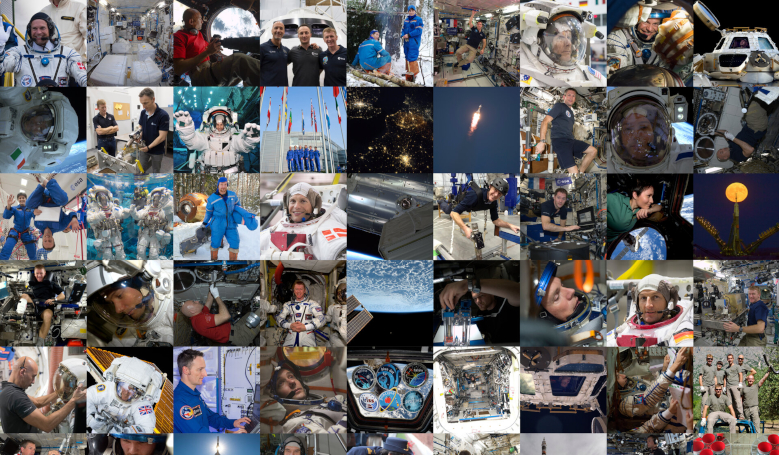For the first time in over a decade, ESA is looking for new European astronauts to join humankind’s greatest adventure, a journey of discovery for the benefit of our planet.
In addition to the vacancy notice to recruit new members of ESA’s astronaut corps, the agency is opening a vacancy in the frame of the “Parastronaut” feasibility study to select an astronaut with a certain degree of physical disability. Furthermore, ESA is working with the international and commercial spaceflight partners to assess the possibility to fly the selected candidate(s) to the International space station on a safe and useful ESA mission. In the meantime, the selected candidate will remain part of ESA’s reserve pool of astronaut candidates.
The opportunity to become an ESA astronaut is rare and highly competitive. ESA last sought applicants for astronaut positions in 2008 and has held only three recruitment rounds, including its first in 1978.
The agency's new web site for potential applicants, https://www.esa.int/YourWayToSpace, is now online and gives an insight into the role of an ESA astronaut, the selection requirements, astronaut training and what ESA does.
ESA is looking for candidates from a large variety of profiles and backgrounds, but for the best chance of success, astronaut hopefuls are urged to familiarise themselves with the minimum requirements.
These include being a citizen of an ESA member state or associate state, holding the minimum of a Master’s degree in natural sciences, medicine, engineering, mathematics, or computer sciences or holding a degree as an experimental test pilot and/or test engineer from an official experimental test pilot school. Candidates must have at least three years of relevant professional experience after graduation and be fluent in English. Good knowledge of another foreign language and any other additional language is a plus.
Applicants do not need to hold a pilot’s license but they must submit a class 2 medical certificate issued by an aviation medical examiner that shows they are medically qualified for a private pilot licence (PPL).
Both astronaut and parastronaut vacancies run from 31 March to 28 May 2021. ESA will only consider applications submitted to the ESA Careers website within those eight weeks. After that, the six-stage selection process will start. This is expected to be completed in October 2022.
"Becoming an astronaut has been a dream come true. It brings together many of my passions: science and technology, complex machines, demanding operational environments, international teams, physical fitness, public outreach. And of course, occasionally you get to ride a rocket to work!" says Samantha Cristoforetti, current ESA astronaut, on the possibilities that lie ahead.











